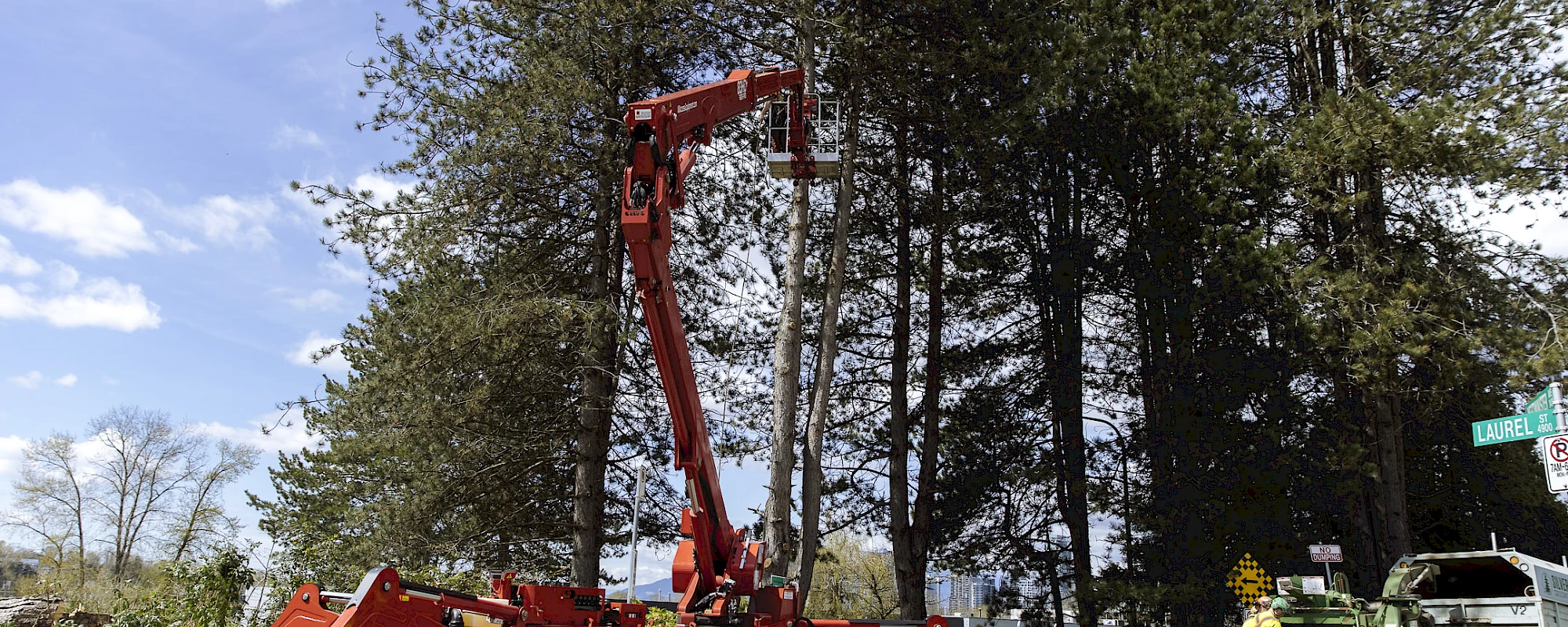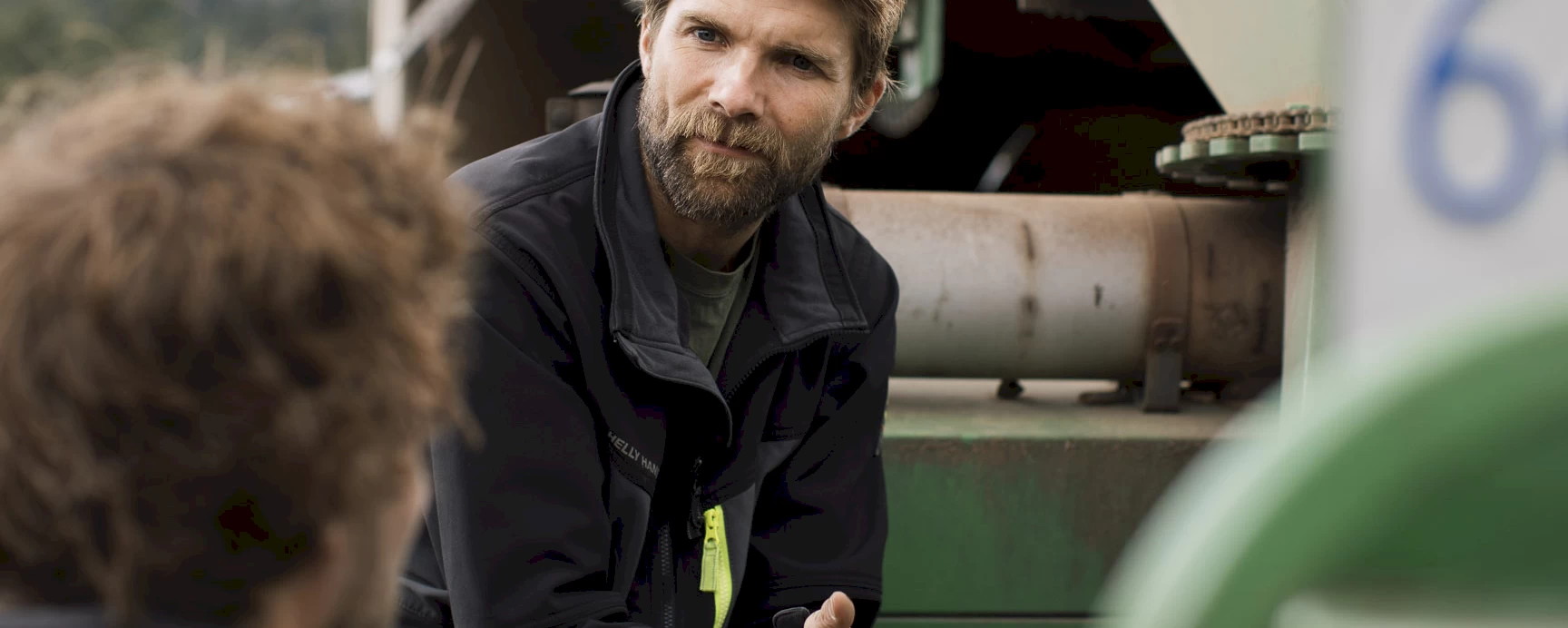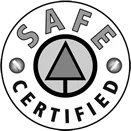Is Your Tree a Risk? Key Indicators of Potential Damage to Your Property
A leaning trunk, cracked bark, or fungal growth at the base can transform a once-beautiful tree into a serious threat to your home’s foundation, roof, and your family’s safety. Property owners often wonder, “How can I tell if a tree is dangerous?” This guide highlights seven critical warning signs—structural weaknesses, root issues, pest infestations, diseases, and unstable canopies. We’ll explain when to call a certified arborist in Greater Vancouver and the Sea to Sky corridor, what a professional tree risk assessment involves, and proven ways to prevent and manage potential problems. You’ll learn how roots can impact foundations, why cabling and bracing can restore stability, and how local climate and bylaws affect your responsibilities. Discover how Silverback Treeworks’ ISA-certified arborists provide thorough inspections, clear reports, and complimentary quotes to help safeguard your investment and peace of mind.
What Are the Most Common Signs of a Dangerous Tree?
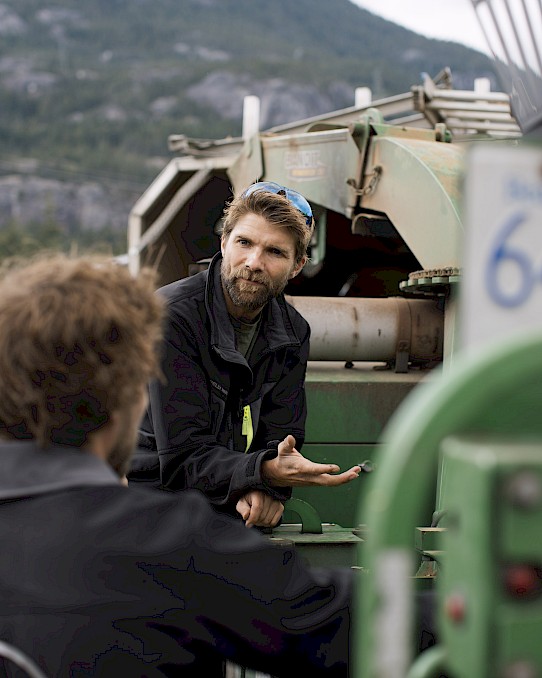
Dangerous trees often show visible and hidden defects that increase the likelihood of structural failure and property damage. A tree’s structural integrity relies on healthy wood fibers, a stable root system, and a sound canopy. When any of these components weaken, the risk of a limb or the entire tree falling rises significantly, potentially causing costly damage to roofs, power lines, fences, and foundations. Identifying early indicators of a hazardous tree allows for timely intervention and reduces liability. The five primary signs we’ll cover include leaning trunks, trunk cracks or cavities, dead or hanging branches, fungal decay, and pest infestations.
How Can You Identify Leaning Trees and Their Risks?
A lean exceeding 15 degrees from the vertical typically indicates root instability and a higher chance of uprooting.
- Watch for soil heaving or mounds of earth around the base, which suggests shifting root plates.
- Exposed roots or cracked sidewalks can signal root decay or damage from construction.
- A tilted crown or uneven foliage growth points to a weight imbalance.
Trees leaning towards structures will exert greater force if they fall, increasing the potential for injury or property loss. Regular inspections can determine if corrective pruning, cabling, or removal is necessary to restore stability and minimize falling risks.
What Do Cracks, Splits, and Cavities in Tree Trunks Indicate?
Trunk defects often precede catastrophic failure by allowing moisture and decay to enter the wood fibers.
- Vertical cracks wider than 1 cm can widen under wind pressure, compromising the trunk’s load-bearing strength.
- Splits along bark ridges suggest separation within the wood, often due to frost or rapid growth stress.
- Cavities or hollow areas indicate advanced internal rot, weakening the entire structure.
Condition | Indicator | Risk Level |
|---|---|---|
Intact bark | Smooth, consistent surface | Low – stable support |
Hairline fissures | Minor cracks (<1 cm) | Moderate – requires monitoring |
Deep splits or cavities | Visible voids or large cracks in the wood | High – potential for structural failure |
Significant trunk defects require professional assessment to determine if cabling, bracing, or removal is the safest course of action.
Why Are Dead or Hanging Branches a Serious Hazard?
Deadwood can break off unexpectedly, posing a falling risk to people and property.
- Hanging or partially broken branches suggest internal decay spreading from the trunk.
- Brittle wood loses its flexibility and can snap under minimal wind or vibration.
- Large dead limbs add extra weight to the living canopy, accelerating the risk of failure.
Removing deadwood through targeted pruning enhances safety and helps the tree direct energy toward healthy growth.
How Does Fungal Growth Signal Tree Health Problems?
Fungal fruiting bodies, such as mushrooms or conks, appearing at the base or on the trunk indicate internal rot that weakens the tree’s structure.
- Shelf fungi often grow from decayed heartwood, signaling advanced disease.
- Mycelial mats beneath the bark can indicate spreading decay before visible mushrooms emerge.
- Certain fungal species are associated with specific types of rot, aiding in the diagnosis of internal defects.
Identifying the type of fungus helps arborists determine the best treatment, whether it involves pruning infected sections or recommending complete removal to protect your property.
What Are the Signs of Pest Infestation on Trees?
Insect pests weaken a tree’s wood and accelerate decay, creating hidden dangers that may not be apparent until the tree fails.
- Entry or exit holes in the bark, often accompanied by sawdust-like frass at the base, are common signs.
- Thinning foliage, stunted shoots, or discolored leaves can indicate infestations of borers or aphids.
- Soft, spongy wood on the trunk or roots suggests tunneling activity and compromised structural support.
Early detection of pests allows for targeted treatments, such as systemic insecticides or bark injections, to preserve the tree’s health and prevent structural collapse.
How Do Tree Roots Cause Damage to Your Property’s Foundation?
Tree roots can damage foundations directly through physical pressure and indirectly by altering soil moisture levels, leading to settling, cracks, and uneven floors.
Extensive root systems actively seek water. When they penetrate foundation joints or slab edges, they can force concrete elements apart. Roots also absorb significant amounts of water—some species can draw up to 190 gallons daily—causing clay soils to shrink and foundations to settle unevenly.
What Are the Visible Signs of Root Damage or Exposure?
Exposed roots or cracked walkways often signal underlying foundation issues:
- Raised or shifted paving stones indicate root heaving.
- Visible root plates around the trunk suggest soil erosion or damage from excavation.
- Gaps between the soil and foundation walls may show that roots have pried structural elements apart.
Monitoring these surface changes related to roots helps homeowners address potential problems before they affect the foundation more deeply.
How Do Tree Roots Affect Soil Moisture and Foundation Stability?
Roots absorb moisture unevenly, causing differential soil shrinkage and expansion. Clay soils expand when wet and contract when dry, and aggressive root growth can intensify these cycles. This repeated movement stresses foundation slabs, leading to hairline cracks that can widen under load, ultimately compromising the structure’s integrity.
What Are Common Foundation Damage Symptoms Caused by Trees?
Foundation damage attributed to tree roots often manifests as:
- Horizontal cracks in basement walls.
- Settlement cracks near the corners of exterior windows.
- Uneven or sloping floors inside the home.
- Doors and windows that stick or fail to close properly.
Early detection of these symptoms allows for timely installation of root barriers or professional root pruning to protect your property’s foundation.
When Should You Call an Arborist for a Tree Risk Assessment in Vancouver and Sea to Sky?
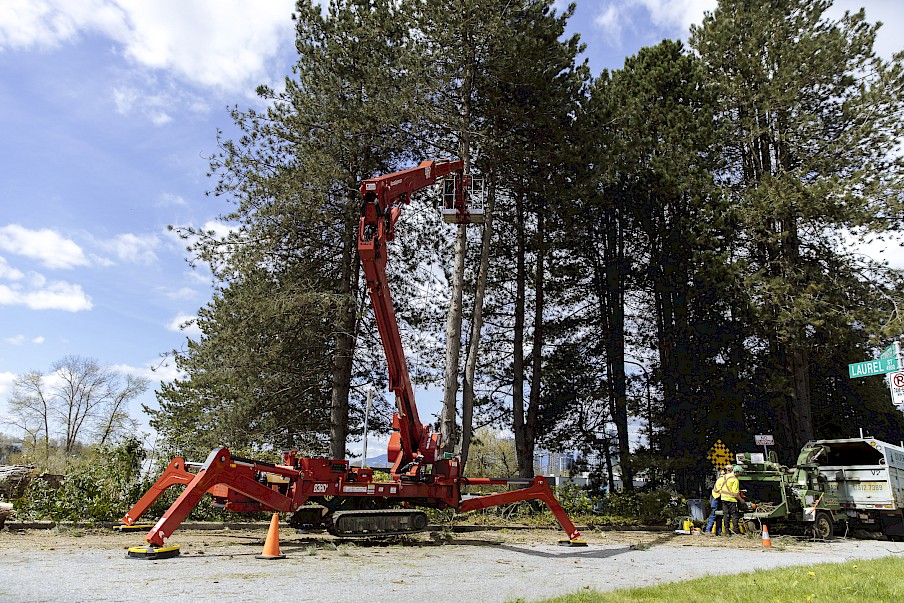
A professional assessment provides a thorough inspection of structural defects, decay, and environmental factors that might otherwise go unnoticed. Certified arborists use standardized methods to evaluate hazards and recommend treatments that protect people and property. It’s advisable to engage a specialist when you observe warning signs or following severe storms to prevent unexpected tree failures.
Tree Risk Assessment: Understanding Risk Levels and Professional Evaluation
All trees pose some level of risk to nearby people, structures, and utilities. As trees age or become weakened by pests, disease, and/or other stresses, a tree owner or manager may need to decide what risk level he or she is willing to accept and what modifications may be needed. Experienced arborists can aid in this decision process by conducting a professional risk assessment that specifies the likelihood of whole or partial tree failure, the consequences of such a failure, and the potential targets affected. A variety of risk assessment methods have been developed to guide professionals through the tree inspection process.
Tree risk assessment methods: A comparison of three common evaluation forms: ENH1226/EP487, 11/2013, AK Koeser, 2013
What Does a Certified Arborist Look for During an Inspection?
Arborists systematically evaluate:
- Trunk integrity—checking for cracks, cavities, and signs of decay.
- Root collar stability—examining the base for girdling roots or soil compaction.
- Canopy condition—assessing branch structure, weight distribution, and past pruning.
- Evidence of disease or pests—identifying fungal growth, boreholes, and leaf symptoms.
This detailed process ensures all potential risk factors are considered in the final report.
Which Tree Conditions Require Immediate Professional Attention?
Certain conditions demand urgent care:
- A sudden or significant lean developing after storms.
- Large, heavy dead limbs hanging over structures.
- Rapid dieback of the canopy or browning foliage across multiple branches.
- Visible movement of the root plate or exposed girdling roots at the base.
Addressing these issues promptly reduces the likelihood of property damage and personal injury.
How Often Should You Schedule a Tree Risk Assessment?
ISA standards suggest full risk assessments every three years for residential trees and annually for commercial properties with high-value assets or significant public traffic. Schedule additional assessments after severe weather events—such as high winds, heavy snow, or flooding—to identify new hazards before they become critical.
What Does a Professional Tree Risk Assessment Include?
A professional tree risk assessment evaluates a tree’s health, structure, and surrounding site conditions to assign a hazard rating and recommend appropriate mitigation strategies. Assessment reports provide property owners with clear, actionable steps to enhance safety and comply with local regulations.
How Do ISA Certified Arborists Evaluate Tree Hazards?
ISA-certified arborists follow the TRAQ (Tree Risk Assessment Qualification) framework, which involves:
- Visual inspection—a thorough examination from the roots to the crown.
- Diagnostic testing—using tools like sounding hammers or electronic resistographs to assess decay levels.
- Risk rating—assigning scores for the likelihood of failure and the potential consequences for each identified defect.
- Action planning—recommending specific treatments such as pruning, cabling, removal, or ongoing monitoring.
This systematic approach ensures consistent, science-based evaluations for every property.
What Are the Typical Outcomes of a Tree Risk Assessment?
Most assessment reports provide:
- A detailed hazard map identifying high-risk trees and specific structural defects.
- Prioritized recommendations for treatments—urgent, short-term, and long-term.
- Estimated costs for recommended services like pruning, cabling, or removal.
- Schedules for follow-up inspections to monitor trees of concern over time.
These outcomes offer clarity on the necessary steps to protect people and property.
How Can an Arborist Report Help with Local Tree Removal Permits?
Municipal bylaws in Greater Vancouver and the Sea to Sky corridor often require certified reports for permit applications. An arborist report typically includes:
- Maps showing tree locations and identification of species.
- Hazard ratings with justification for proposed removal or pruning.
- Notes on compliance with local conservation bylaws.
Submitting a professional report can streamline the permit approval process and demonstrate responsible property management.
How Can You Prevent Tree-Related Property Damage Through Proper Care?
Proactive tree care—including pruning, structural support, removal of high-risk trees, and root management—minimizes hazards and extends the lifespan of your trees. Implementing these measures early promotes healthy growth while safeguarding your home’s foundation and surrounding areas.
What Tree Pruning Techniques Reduce Safety Risks?
Effective pruning removes hazardous limbs and balances the canopy’s weight distribution:
- Crown thinning reduces wind resistance and the overall weight of branches.
- Deadwooding eliminates dead or decaying limbs that are prone to falling.
- Crown raising increases vertical clearance over structures and walkways.
Properly executed pruning also improves light penetration and air circulation, contributing to the tree’s overall health.
When Is Tree Removal the Best Solution for Hazardous Trees?
Tree removal becomes necessary when:
- Irreversible internal decay affects more than one-third of the trunk’s diameter.
- Multiple co-dominant stems show significant splitting or weakness.
- Root systems pose a severe threat to major structures due to instability or potential collapse.
Choosing removal prevents future hazards and can be the most cost-effective solution for severely compromised trees.
How Does Cabling and Bracing Support Tree Stability?
Cabling and bracing systems provide flexible support to reduce limb movement and distribute mechanical loads:
Support Method | Application | Benefit |
|---|---|---|
Steel cables | Installed between major limbs | Helps prevent branch separation |
Bracing rods | Inserted through the trunk or between co-dominant stems | Supports weakened structural connections |
These methods can help trees recover their strength or delay removal when preservation is a viable option.
What Are Effective Strategies to Protect Foundations from Tree Roots?
Implementing root management strategies prevents foundation damage:
- Install vertical root barriers to guide root growth downward and away from foundations.
- Select tree species with low water demands for planting near structures.
- Maintain consistent soil moisture through proper irrigation to prevent soil shrinkage.
Combining root barriers with strategic planting choices helps preserve both foundation integrity and landscape aesthetics.
What Local Tree Hazards Are Specific to Greater Vancouver and the Sea to Sky Corridor?
The region’s unique geology, microclimates, and mix of tree species influence tree stability. Steep slopes, heavy rainfall, and strong coastal winds present specific challenges for property owners in the area between Vancouver and Whistler.
Which Tree Species Pose Higher Risks in These Areas?
Certain species are more prone to issues like shallow roots or brittle wood, including:
- Black cottonwood (Populus trichocarpa) – susceptible to limb breakage.
- Western red alder (Alnus rubra) – known for shallow, invasive root systems.
- Bigleaf maple (Acer macrophyllum) – often develops co-dominant stems that are prone to splitting.
Understanding these species-specific vulnerabilities can inform planting and mitigation decisions.
How Do Local Climate and Environmental Factors Affect Tree Stability?
Pacific coastal winds increase the load on branches, while heavy winter rains saturate soils, raising the risk of uprooting. Freeze-thaw cycles can cause frost heave around roots, and warmer, drier summers can stress trees, reducing wood strength and resilience.
What Are the Key Municipal Bylaws and Permit Requirements for Tree Work?
Municipalities across Greater Vancouver enforce tree protection bylaws that cover:
- Permits required for removing trees exceeding certain diameter limits.
- Mandatory arborist reports for hazard tree removals.
- Replanting or compensation obligations when heritage or protected species are removed.
Familiarizing yourself with local regulations ensures that tree care projects are compliant and efficient.
How Does Silverback Treeworks Provide Expert Tree Risk Assessment and Care?
Silverback Treeworks combines local knowledge, ISA certification, and comprehensive services to deliver reliable tree risk assessments and mitigation solutions throughout Greater Vancouver and the Sea to Sky corridor. Our process ensures clarity, safety, and compliance with regulations at every stage.
What Makes Silverback’s ISA Certified Arborists the Trusted Choice?
Our arborists hold International Society of Arboriculture certifications and TRAQ credentials, ensuring:
- Rigorous training in standardized risk assessment protocols.
- Adherence to best practices for pruning, cabling, and removal.
- Proficiency in using advanced diagnostic tools, from resistographs to aerial inspection systems.
This expertise leads to precise hazard identification and effective care strategies.
Which Tree Care Services Does Silverback Offer to Mitigate Risks?
We provide a complete range of solutions, including:
- Comprehensive tree risk assessments and detailed written hazard reports.
- Precision pruning, crown reduction, and removal of high-risk limbs.
- Safe tree removal, stump grinding, and installation of root barriers.
Our integrated services help protect property value and maintain the beauty of your landscape.
How Can You Request a Free Quote for a Tree Risk Assessment?
To schedule a no-obligation inspection, contact Silverback Treeworks by phone or email. A certified arborist will visit your property, assess the tree conditions, and provide a detailed quote, typically within 24 hours, enabling you to plan necessary work and budget accordingly.
Protecting your home and loved ones begins with expert assessment. Contact Silverback Treeworks today for a complimentary tree risk evaluation and ensure your trees remain valuable assets, not potential liabilities.
Unchecked trees can cause thousands of dollars in damage and pose significant safety risks. Regular inspections, professional risk assessments, and proactive maintenance are crucial for safeguarding your property in Greater Vancouver and the Sea to Sky corridor. With ISA-certified arborists, Silverback Treeworks offers thorough evaluations, clear action plans, and dependable services—from pruning and cabling to removal and root barriers—that protect your investment and provide lasting peace of mind. Trust Silverback Treeworks to identify hazards early, ensure compliance with local bylaws, and implement tailored solutions. Request your free quote today and take the first step toward a safer, healthier landscape.
Reproducibility of Tree Risk Assessment Methods
Tree risk assessment methods have been developed to assist arborists in conducting thorough and systematic inspections of trees and the threat they pose to people or property. While these methods have many similarities, they also have a few key differences which may impact the decisions of those employing them. Moreover, arborists specify the associated timeframe for their risk assessment, which can range from months to years. How this impacts risk assessment reproducibility is unknown.
Evaluating the reproducibility of Tree Risk Assessment ratings across commonly used methods, RW Klein, 2023
